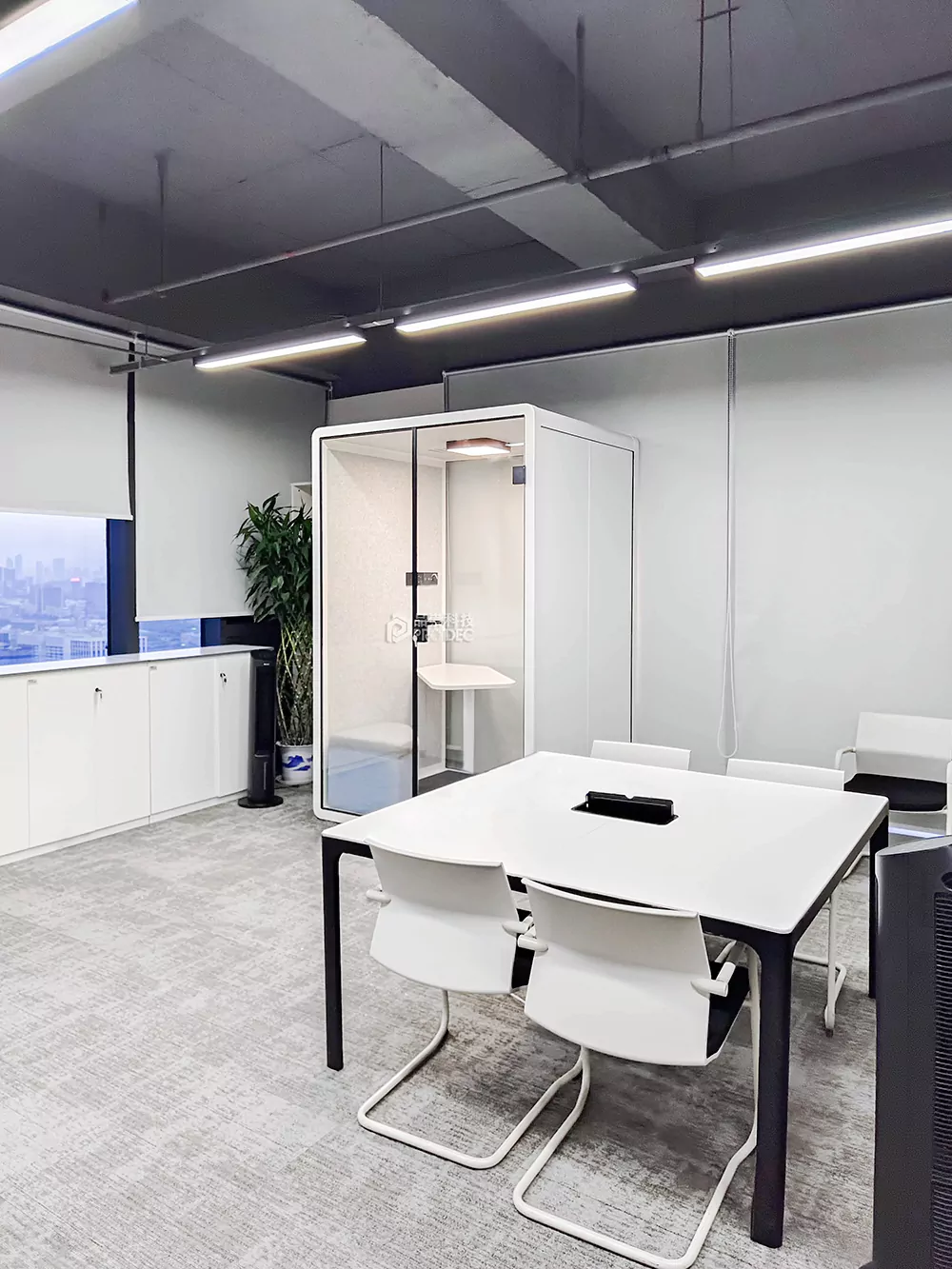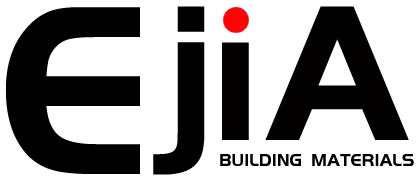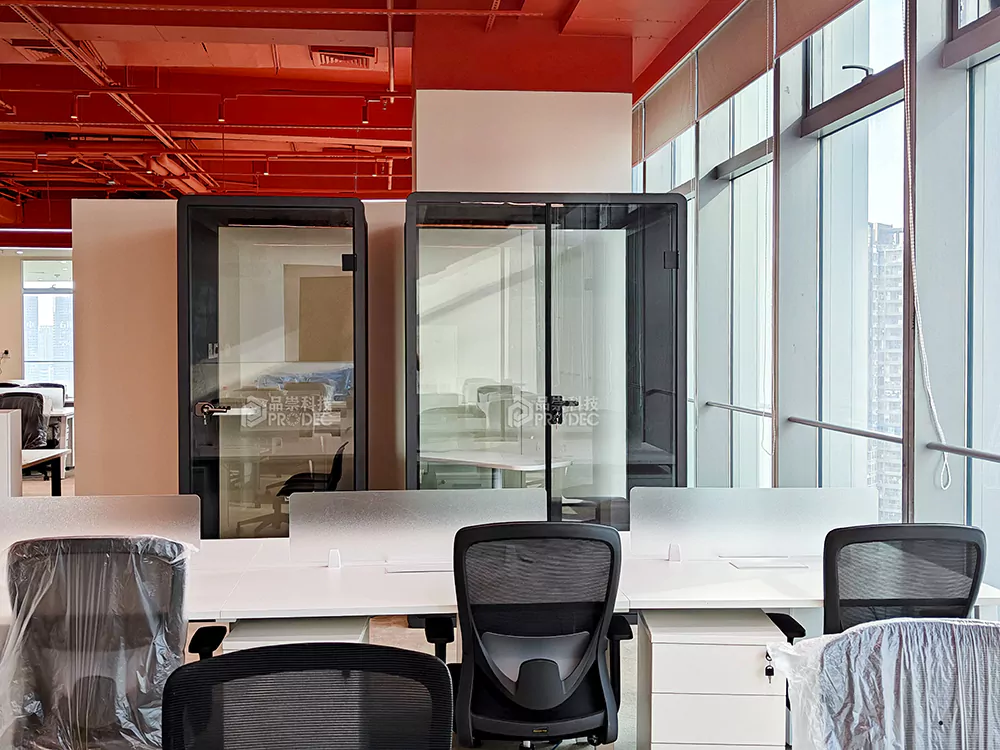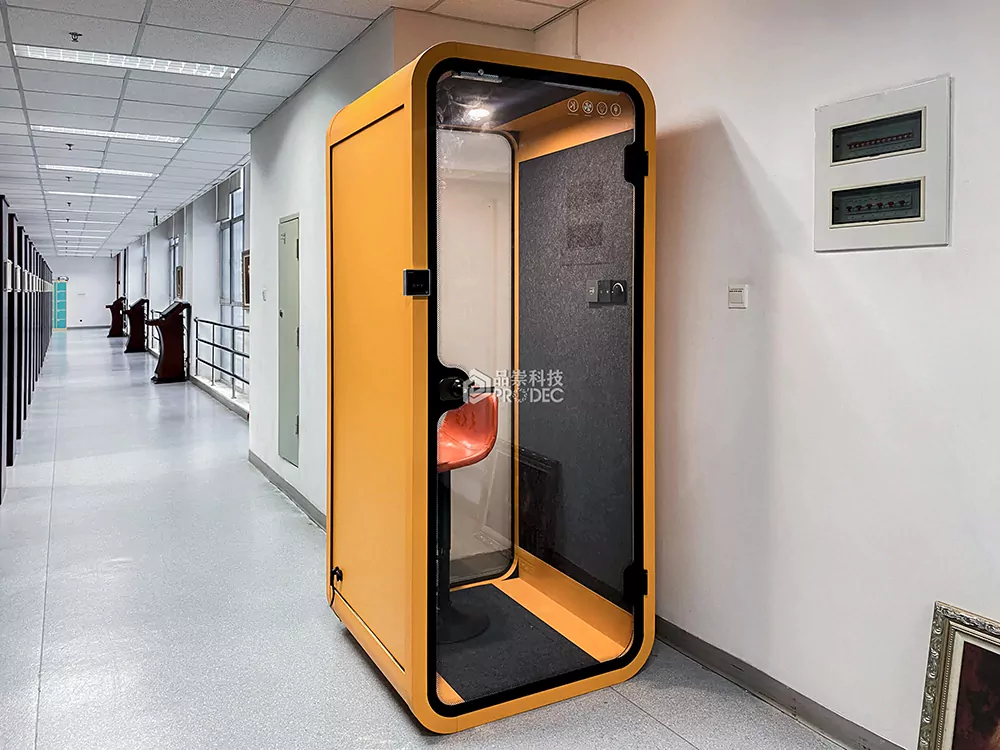Silent Booth HS Code: A Guide for Importers and Exporters
What Is a Silent Booth and Why It Matters in Modern Workspaces
In today’s fast-paced work environment, focus and privacy are more valuable than ever. Silent booth provide employees with a distraction-free zone for phone calls, video conferences, or deep work. In open-plan offices, co-working spaces, educational institutions, and even public areas like airports and libraries. Silent booths combine ergonomic design with advanced noise absorption technology to create a private sanctuary within noisy environments.
As global demand for these units grows, especially among multinational corporations and remote-first companies, understanding the logistics behind their international trade becomes crucial. One of the most important aspects of cross-border commerce is correctly identifying the HS Code for your product. The HS Code is an internationally standardized system of names and numbers used to classify traded products. For businesses involved in importing or exporting silent booths, getting this code right ensures smooth customs clearance, accurate duty calculation, and compliance with international trade regulations.
Decoding the Silent Booth HS Code: 9406 vs. 9401
When it comes to classifying silent booths under the HS nomenclature, two primary codes come into play: 9406 and 9401. However, based on recent export data and product descriptions from leading manufacturers, the correct classification overwhelmingly falls under Chapter 9406, which covers “Prefabricated buildings (for example, panelled or sectional buildings), whether or not fitted with doors, windows, fittings, pipes, radiators, etc.” This makes sense because silent booths are typically modular, self-contained units that can be assembled on-site without permanent structural changes.
More specifically, two subcategories appear frequently in trade records:
- 9406.10.00.00: This code applies to prefabricated buildings of wood construction. Some acoustic booths use wooden frames or cladding, especially those marketed for aesthetic integration into office interiors.
- 9406.90.00.90: This broader category covers other types of prefabricated buildings, including those made from steel, aluminum, composite panels, or mixed materials—common in modern, movable silent booths with steel frames and acoustic insulation.
It’s critical to note that while some might mistakenly classify these units under 9401 (Seats and parts thereof), this would be incorrect as silent booths are not merely seating solutions but fully enclosed functional spaces.
How to Determine the Right HS Code for Your Product
Selecting the appropriate HS Code isn’t just about matching keywords—it requires understanding the physical composition, function, and structure of the product. Here’s a practical checklist to help exporters and importers classify their silent booths accurately:
- Assess the primary material: Is the main frame constructed from wood? If yes, consider 9406.10.00.00. If metal or composite materials dominate, lean toward 9406.90.00.90.
- Evaluate modularity and portability: Most silent booths are designed for easy assembly/disassembly and relocation. This aligns perfectly with the definition of prefabricated structures under 9406.
- Check for integrated features: Units equipped with lighting, ventilation systems, power outlets, or acoustic panels still fall under 9406, as these are considered standard fittings for temporary enclosures.
- Review actual shipment documentation: Real-world examples show that suppliers in China (e.g., Guangdong Hongye Furniture Group) consistently use 9406.90.00.90 for colorful, multi-seater, soundproof meeting pods shipped globally.
Misclassification can lead to delays, fines, or unexpected tariffs—so when in doubt, consult a licensed customs broker or refer to official WCO (World Customs Organization) rulings.
Global Trade Trends: Where Are Silent Booths Being Shipped?
The market for silent booths has seen explosive growth post-pandemic, driven by hybrid work models and increased investment in employee well-being. According to recent supply chain data, major exporters like China, particularly manufacturers based in Guangdong province, are shipping thousands of units annually to North America, Europe, and Southeast Asia. Suppliers offering customizable options—from 1-person phone booths to 3-seater meeting pods—pricing starting around $1500 per unit at scale.
Notably, many of these listings explicitly mention the HS Code 9406900090 in their product details, reinforcing its widespread acceptance across borders. Buyers from the U.S., Germany, and Australia often request certifications such as CE, ISO9001, or SGS to ensure quality and safety compliance. These requirements, combined with accurate HS coding, streamline the import process and build trust between international trading partners. Additionally, bulk orders (MOQs ranging from 5 to 500+ sets) benefit from lower per-unit costs and optimized shipping logistics, making HS code accuracy even more vital for cost forecasting.

Tips for Smooth Customs Clearance
To avoid hold-ups at customs, follow these best practices:
- Include the HS code on all commercial invoices and packing lists. Consistency across documents reduces scrutiny.
- Provide detailed product descriptions: Instead of just “Silent Booth,” write “Modular Soundproof Meeting Pod, Steel Frame, Acoustic Panels, for Office Use” to support your HS classification.
- Attach test reports or certificates: Noise reduction ratings (e.g., NRC values), fire safety tests (BS 476, ASTM E84), and electrical safety marks add credibility.
- Clarify if it’s new or used: While most silent booths are new, used office pods may face different regulations depending on the destination country.
Remember, customs authorities may reclassify goods if they suspect misdeclaration—so transparency is key.
Common Mistakes to Avoid When Using the Silent Booth HS Code
Even experienced traders sometimes stumble when dealing with niche products like silent booths. One common error is assuming all office furniture falls under Chapter 9403 (Other Furniture). While desks and chairs belong there, silent booths are fundamentally different—they are not standalone furniture items but spatial enclosures. Another mistake is using outdated or region-specific codes. For example, the U.S. uses HTS codes (Harmonized Tariff Schedule), which extend the 6-digit HS code to 8 or 10 digits. So while 9406.90.00.90 might be used internationally, the U.S. equivalent could be something like 9406.90.00.20, depending on material and end-use.
Additionally, some sellers attempt to declare silent booths as “temporary partitions” under different chapters, which can trigger audits. Always base your classification on the product’s dominant characteristics—not what you hope the tariff rate will be. Lastly, don’t overlook local regulations.May require additional environmental or electrical compliance for units with built-in fans, lights, or USB ports. Ensuring alignment between your HS code and technical specifications prevents costly returns or disposal fees.
Future Outlook: Will the Silent Booth HS Code Change?
As workplace design continues to evolve, so too might the way we categorize innovative products like silent booths. Currently, the HS system is reviewed every five years by the WCO, with updates implemented globally. Rising demand for smart, tech-integrated pods—featuring AI-powered noise cancellation, IoT sensors, or video conferencing systems—could prompt future re-evaluation. Regulators may need to distinguish between basic acoustic enclosures and high-tech wellness pods with advanced electronics.
For now, however, HS Code 9406.90.00.90 remains the safest and most widely accepted classification for standard silent booths. Staying informed through official customs websites, industry associations, and trade advisors will help businesses adapt quickly if updates arise. Accurate labeling, clear documentation, and consistent use of the correct HS code empower companies to move these valuable productivity tools across borders efficiently and compliantly.
本文由人工智能技术生成,基于公开技术资料和厂商官方信息整合撰写,以确保信息的时效性与客观性。我们建议您将所有信息作为决策参考,并最终以各云厂商官方页面的最新公告为准。






